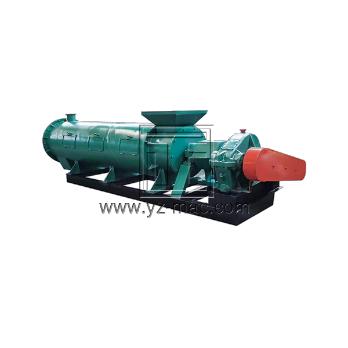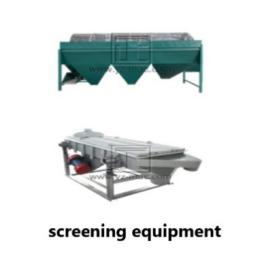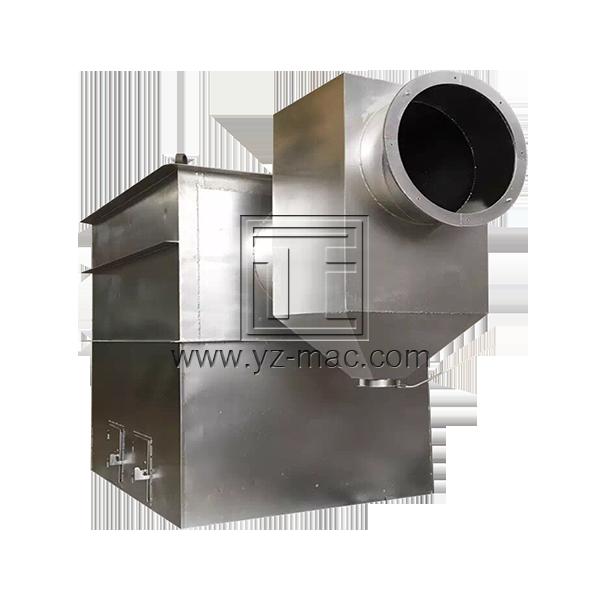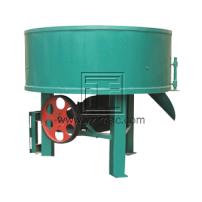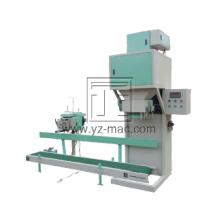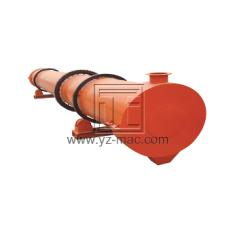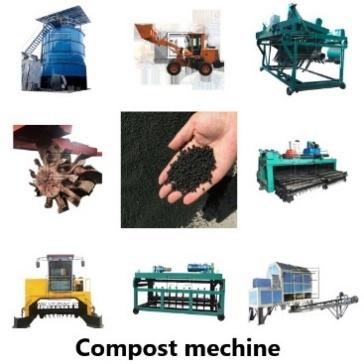Machine for cow dung
A machine for cow dung, also known as a cow dung processing machine or cow dung fertilizer machine, is an innovative technology designed to efficiently convert cow dung into valuable resources. This machine harnesses the power of nature and helps transform cow dung into organic fertilizer, biogas, and other useful byproducts.
Benefits of a Cow Dung Processing Machine:
Sustainable Waste Management: A cow dung processing machine addresses the challenge of managing cow dung, which can be a significant environmental concern. By processing cow dung, it helps reduce methane emissions and odors associated with traditional cow dung management methods, contributing to a cleaner and healthier environment.
Organic Fertilizer Production: The machine efficiently converts cow dung into organic fertilizer, a valuable resource for agriculture. Cow dung contains essential nutrients such as nitrogen, phosphorus, and potassium, which are crucial for plant growth. The resulting organic fertilizer enriches the soil, improves soil structure, and promotes sustainable and eco-friendly farming practices.
Biogas Generation: Cow dung processing machines often incorporate biogas production capabilities. They utilize anaerobic digestion to break down cow dung and produce biogas, a renewable energy source composed mainly of methane. Biogas can be used for cooking, heating, electricity generation, and various other applications, reducing reliance on fossil fuels and mitigating greenhouse gas emissions.
Byproduct Utilization: In addition to organic fertilizer and biogas, cow dung processing machines may yield other valuable byproducts. These can include liquid fertilizers, which are nutrient-rich solutions that can be used in foliar applications or irrigation systems, and solid residues, which can be further processed into fuel pellets or used as raw materials in various industries.
Working Principle of a Cow Dung Processing Machine:
A cow dung processing machine typically involves multiple stages, including solid-liquid separation, anaerobic digestion, and post-treatment processes. The machine first separates solid and liquid components from the cow dung, removing excess moisture and facilitating subsequent processing steps. The solid fraction can be used for composting or further processing into solid fertilizers or fuel pellets. The liquid fraction undergoes anaerobic digestion to produce biogas, which can be captured and utilized as a renewable energy source. The remaining liquid can be further treated and processed into liquid fertilizers or used for irrigation purposes.
Applications of Cow Dung-Derived Products:
Agriculture and Horticulture: Cow dung-derived organic fertilizer is widely used in agriculture and horticulture. It provides essential nutrients to crops, improves soil fertility, enhances water-holding capacity, and promotes sustainable soil management practices.
Renewable Energy Generation: Biogas produced from cow dung can be used for cooking, heating, or electricity generation. It serves as a sustainable alternative to conventional fossil fuels, reducing greenhouse gas emissions and dependence on non-renewable energy sources.
Waste-to-Value Conversion: Cow dung processing machines enable the transformation of cow dung from a waste material into valuable products. This waste-to-value conversion promotes sustainable waste management practices and supports the circular economy.
Environmental Remediation: Cow dung-derived products, such as organic fertilizers, can be used in land reclamation and remediation projects. They help improve soil quality, restore degraded land, and promote vegetation establishment in areas affected by mining, construction, or other disturbances.
A cow dung processing machine offers numerous benefits, including sustainable waste management, organic fertilizer production, biogas generation, and the utilization of valuable byproducts. By efficiently processing cow dung, this technology helps reduce environmental impacts, promotes sustainable agriculture, and contributes to renewable energy generation.


